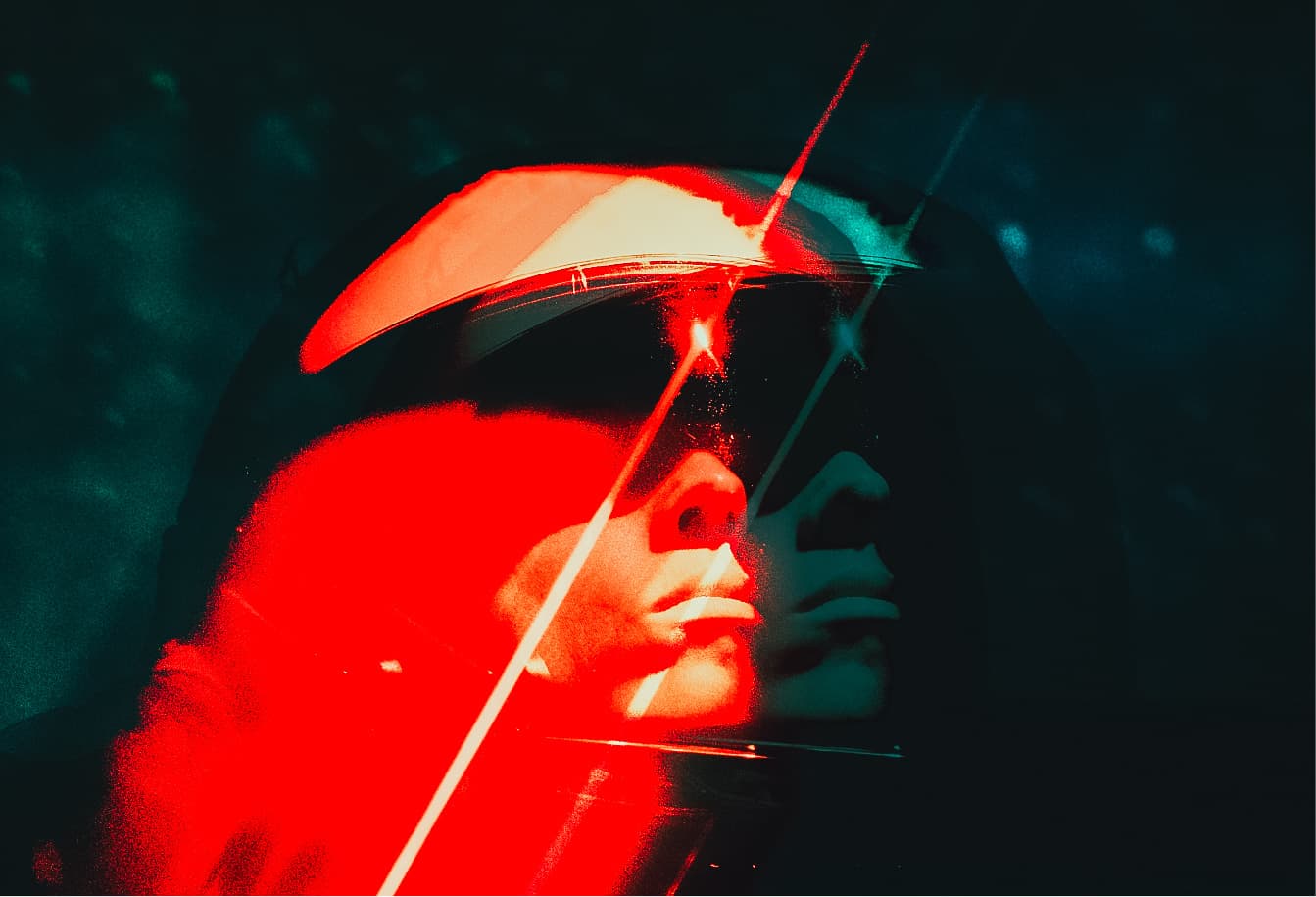
Breaking the Outer Space Treaty and Ascending to the StarsDec 6
a 1967 treaty bans ownership and resource extraction in outer space, preventing colonization and development. we must end it to secure humanity's survival.
Jan 20, 2024

Hey readers, the coverage in this 37th issue of the White Pill — the local supercluster’s most powerful newsletter covering the frontiers of tech, physics, engineering, and AI — is banger after banger. In our section on space, we discuss two enormous, theoretically impossible structures in distant space that appear to actually exist, explain lasers and how they’re going to be used to clean up space debris, and more; in our medicine section we have yet more AI breakthroughs, plus nanobots that cure cancer, among other items; in the engineering section, a robot exoskeleton, nuclear battery (maybe), and a patent for neutrino based communication. As always, this issue includes the White Pill Investment Index, and fun stuff at the end. Enjoy.
P.S. Please don’t forget, White Pill has a Twitter account. Follow, like, share, retweet, even quote tweet if you please.